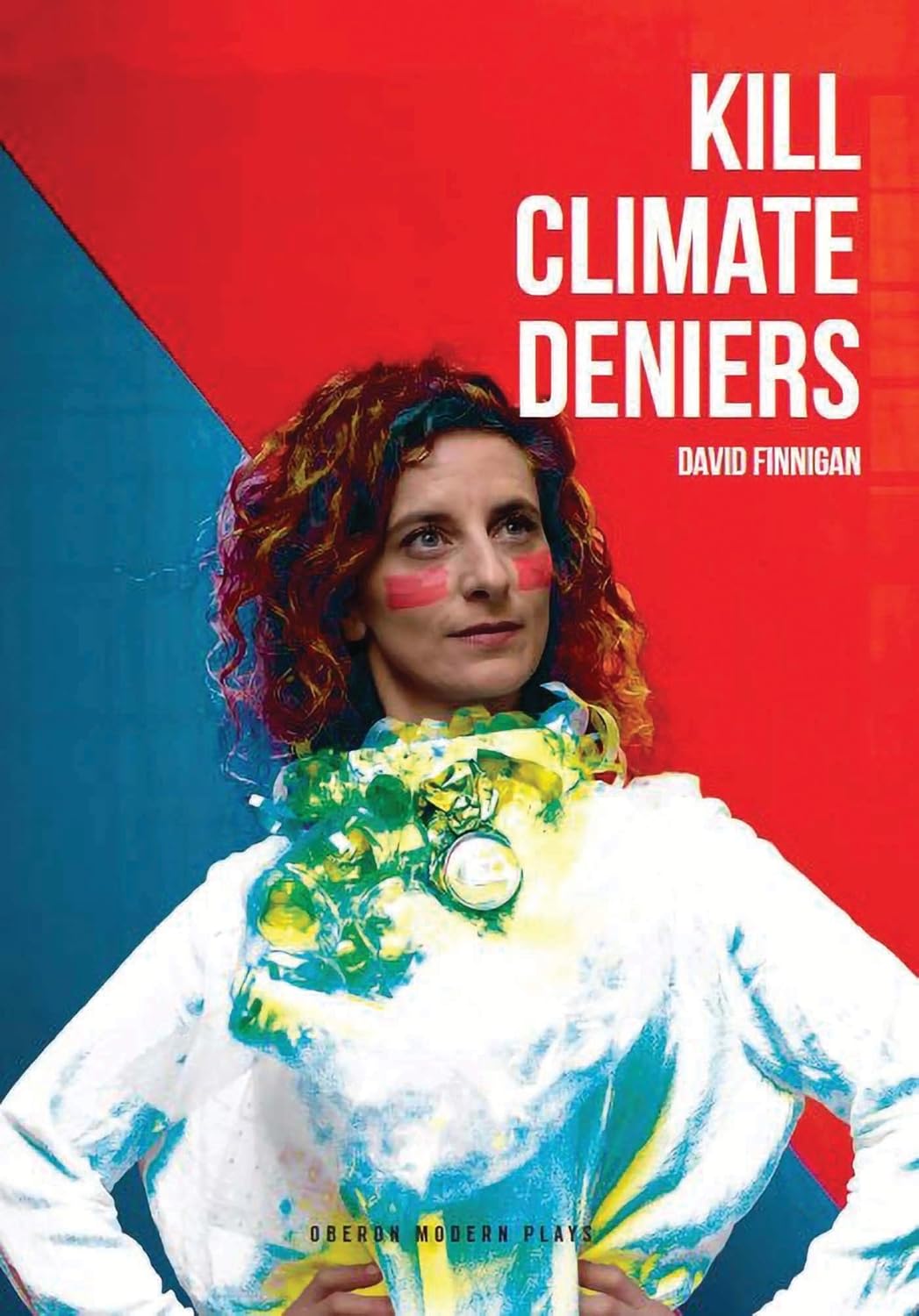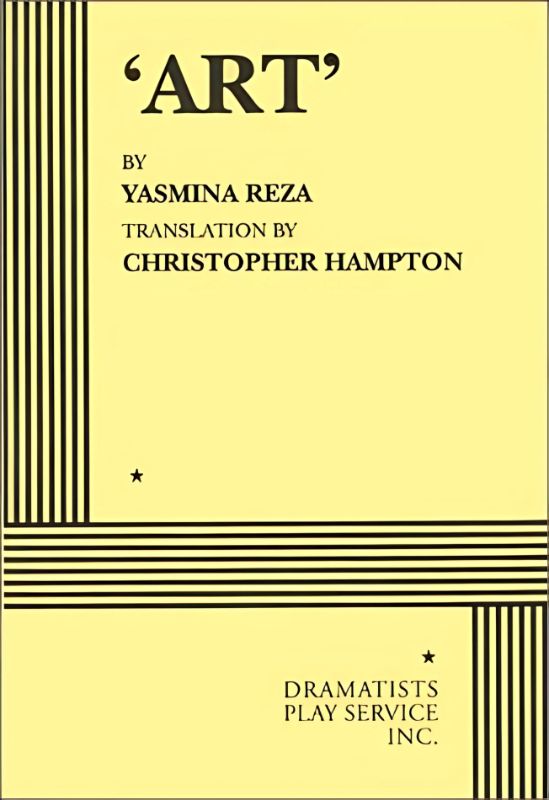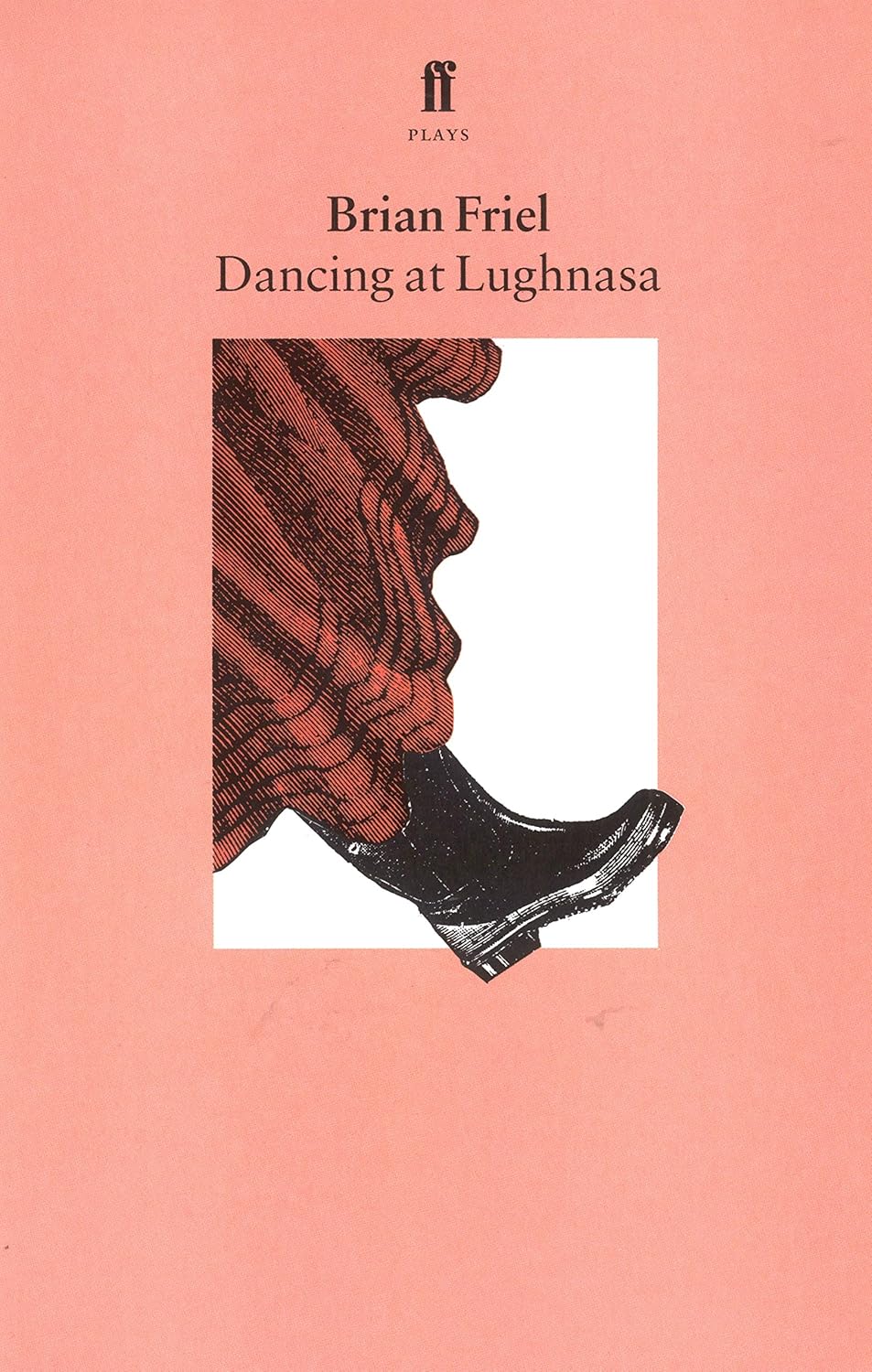A revolutionary play that changed theatre forever
A young playwright stages an experimental play by a lake, desperate to impress his famous actress mother and prove his artistic worth. His actress girlfriend dreams of fame while falling for an established writer. Meanwhile, his mother jealously watches her younger lover’s attentions drift toward that same young actress. These intertwining threads of art, love, and ambition form the heart of Anton Chekhov’s masterpiece “The Seagull,” a play that revolutionized modern theater through its subtle psychology and naturalistic portrayal of human relationships.
Quick Facts
- First performed: October 17, 1896, at the Alexandrinsky Theatre, St. Petersburg
- Original title: Чайка (Chayka)
- Runtime: Approximately 2 hours and 15 minutes
- Structure: Four acts
- Initial reception: First production was a famous disaster
- Redemption: Stanislavski’s Moscow Art Theatre production in 1898 became legendary
- Notable adaptations: Sidney Lumet’s 1968 film, Michael Mayer’s 2018 film starring Annette Bening
Just want to read the play?

Richard Nelson, Richard Pevear, and Larissa Volokhonsky translation
Most recent and nuanced translation.

Paul Schmidt translation
Most accessible for newcomers. Includes other key plays such as Uncle Vanya and The Three Sisters.

BBC Radio production
6 Full-Cast BBC Radio Productions: The Seagull, The Cherry Orchard, Uncle Vanya, Wild Honey & More.
Free version? Try the version on Project Gutenberg: https://www.gutenberg.org/files/1754/1754-h/1754-h.htm
Historical Context
When Chekhov wrote “The Seagull” in 1895, Russian theater was dominated by melodrama and obvious theatricality. The playwright, already famous for his short stories, sought to create something entirely different: a play where, as he said, “everything is as complex and simple as in life.” The work emerged during a period of great social change in Russia, as the aristocracy declined and artists grappled with questions about the purpose and future of art.
The play’s initial failure nearly caused Chekhov to abandon playwriting altogether. However, its subsequent production by Constantin Stanislavski’s Moscow Art Theatre not only saved Chekhov’s theatrical career but helped establish a new style of naturalistic acting that would influence theater worldwide.
Plot Overview
On a country estate, aspiring playwright Konstantin stages an avant-garde play starring Nina, a young woman he loves. His mother Arkadina, a famous actress, mocks the performance. Soon, Nina becomes infatuated with Trigorin, Arkadina’s lover and a successful writer, who begins to return her interest. Meanwhile, Masha, the estate manager’s daughter, pines for Konstantin while rejecting the schoolteacher Medvedenko’s love.
Two years later, everything has changed. Nina’s attempt at an acting career has failed, and Trigorin has abandoned her after their brief affair and the death of their child. Konstantin has become a published writer but remains unhappy. When Nina visits the estate one final time, their encounter leads to Konstantin’s suicide, marking the tragic culmination of these intertwined lives.
Themes & Analysis
Art and Artists
The play presents four artists at different stages of their careers: Konstantin (the experimental innovator), Nina (the hopeful beginner), Arkadina (the established commercial success), and Trigorin (the respected but dissatisfied writer). Through these characters, Chekhov explores questions about artistic integrity, commercial success, and the personal cost of pursuing art.
Love and Loss
Every character in “The Seagull” loves someone who loves someone else, creating a chain of unrequited affection that drives the play’s subtle tragedy. This web of relationships demonstrates how love can both inspire and destroy, leading to both artistic creation and personal destruction.
Youth vs. Experience
The generational conflict between Konstantin and his mother Arkadina represents broader tensions between artistic innovation and established conventions, between youthful idealism and cynical experience. This theme resonates particularly strongly today as new artistic forms challenge traditional media.
Revolutionary Elements
“The Seagull” broke new ground in several ways:
- Psychological Realism: Instead of melodramatic speeches, characters reveal themselves through subtle gestures and seemingly trivial conversations.
- Subtext: Much of the play’s meaning lies beneath the surface of ordinary dialogue, a technique that influenced playwrights from Arthur Miller to Harold Pinter.
- Mixing Genres: Chekhov called it a comedy, yet it ends in suicide, challenging traditional genre distinctions.
- Symbolism: The seagull itself becomes a complex symbol that changes meaning throughout the play, representing innocence, art, freedom, and destruction.
Cultural Impact
The play’s influence extends far beyond Russian theater:
- It helped establish psychological realism as the dominant mode of modern drama
- Stanislavski developed his famous “system” of acting partly through working on this play
- Its structure influenced modernist writers like James Joyce and Virginia Woolf
- Contemporary playwrights continue to adapt and respond to it (e.g., Aaron Posner’s “Stupid F**king Bird”)
Staging & Performance
The play presents unique challenges:
- Creating naturalistic behavior while maintaining theatrical effectiveness
- Balancing comedy and tragedy
- Conveying complex subtext through seemingly simple dialogue
- Managing the outdoor/indoor settings effectively
Reading Guide
Best Translations
- Richard Nelson, Richard Pevear, and Larissa Volokhonsky (most recent and nuanced)
- Tom Stoppard (most actable)
- Paul Schmidt (most accessible)
Reading Tips
- Pay attention to the subtext in seemingly casual conversations
- Notice how characters often talk past each other
- Track the seagull symbolism throughout the play
- Watch how information is revealed indirectly
Contemporary Relevance
“The Seagull” remains startlingly modern in its concerns:
- The tension between commercial and artistic success
- Generational conflicts in art and life
- The impact of social media fame (paralleling Nina’s pursuit of theatrical fame)
- Questions about artistic innovation versus tradition
Fun Facts & Trivia
- Chekhov based Trigorin’s monologue about compulsive writing on his own experience
- The play’s first production failed partly because it was staged as a benefit performance for a popular comedian
- Stanislavski played Trigorin in the Moscow Art Theatre production
- The script calls for a stuffed seagull, but no real seagull appears live onstage
Conclusion
“The Seagull” remains essential reading not just for its historical importance, but for its continuing ability to speak to contemporary concerns about art, love, and ambition. Its subtle portrayal of human relationships and its innovative dramatic techniques make it feel remarkably modern even after more than 120 years. Whether you’re a theater practitioner, a literature student, or simply someone interested in human nature, “The Seagull” offers rich rewards with each reading or viewing.
Additional Resources
- Chekhov’s letters about the play’s creation and production
- “Stanislavski Directs” by Nikolai M. Gorchakov
- “The Seagull” (2018) film adaptation
- “Anton Chekhov’s The Seagull: A Study Guide” by The National Theatre
Page includes headers, pull quotes, production photos, and character relationship map as specified in style guidelines





Leave a Reply